Mexico is home to one of the most spectacular natural phenomena in the world: the monarch butterfly migration. Every year, millions of monarch butterflies travel over 3,000 miles from the United States and Canada to the forests of Mexico.
Witnessing the millions of overwintering Monarchs is a once-in-a-lifetime experience that you definitely shouldn’t miss if you’re in Mexico at the right time of year.
Where and when: You can see the epic Monarch colonies from mid-November to mid-February. They overwinter in Central Mexico in a mountain range that is about 3 hours west of Mexico City.
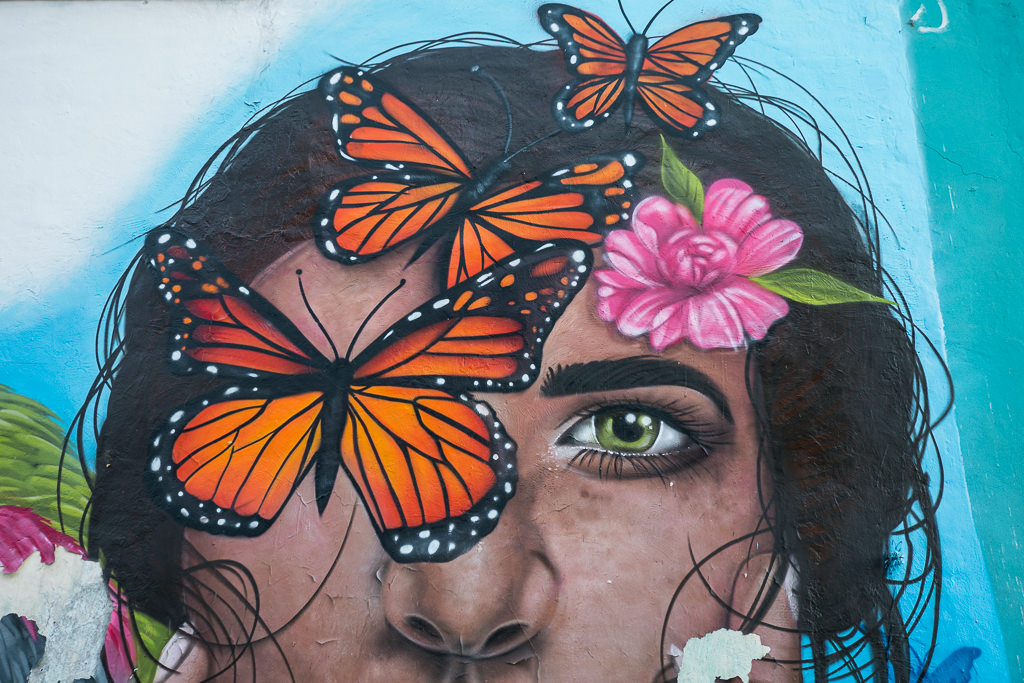
You can see my experiences captured in the video below, or read on for all the practical details on how you can see it for yourself!
Tours vs independent visits
To see the Monarchs, you have to travel to one of several designated sanctuaries located in the states of Michoacán and Mexico. These are protected areas where the butterflies come to rest during their long journey. You have two ways to visit:
Going with a tour
Arguably the easiest way is to join an organized day trip from Mexico City (or less commonly from the city of Morelia). These guided tours offer the advantage of having a knowledgeable guide who can provide information about the butterflies and the reserves. They also include transportation, entrance fees, and meals.
However, one big disadvantage is the travel time involved and your time of arrival at the sanctuaries. From Mexico City it takes about 4 hours to get to the sanctuaries in Michoacán, depending on traffic. You likely will arrive after mid-day, which is the peak time for visitors.
If you decide to go on a tour, my advice is to do it on a weekday and not on the weekend if possible, as it will be quieter at the site. While visitors have to be completely silent so as to not disturb the butterflies, it is still nicer to visit when there are fewer people around.
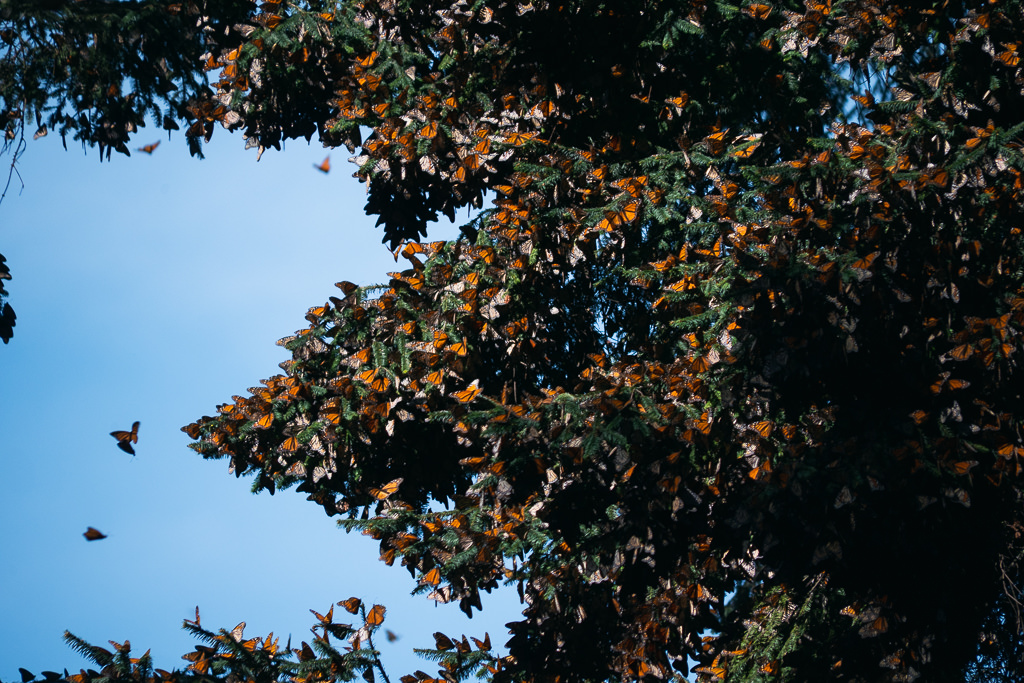
Visiting independently
Alternatively, you can make your way to one of the towns near the sanctuaries and visit them independently. I opted to stay in the town of Anguangueo, which is located near three of the sanctuaries.
Despite its mining history, the town is rather charming. The community has truly embraced the Monarch, which is reflected in its colorful street art and cultural events.
There is a public minibus service to the Rosario sanctuary departing from opposite the municipal auditorium (roughly these coordinates). It will take a taxi to visit other sanctuaries.
The major advantage to going independently is that you can stay the night in Anguangueo and go to one of the sanctuaries in the early morning (e.g. 7 or 8 AM). Most of the butterflies will not yet have awoken, still hanging bunched together by the hundreds from the many tree branches. As the sun rises and the Monarchs warm up, they become more active, and every now and then another bunch will collectively ‘explode’ into action.
When I visited the popular El Rosario Sanctuary, there were maybe 20 other visitors in the morning. At the Sierra Chincua sanctuary, there were just 6 other visitors or so. I loved this very intimate and tranquil experience. If you make it all the way to Anguangueo, I definitely recommend staying at least for one night so you can see the butterflies at the best possible time of day.
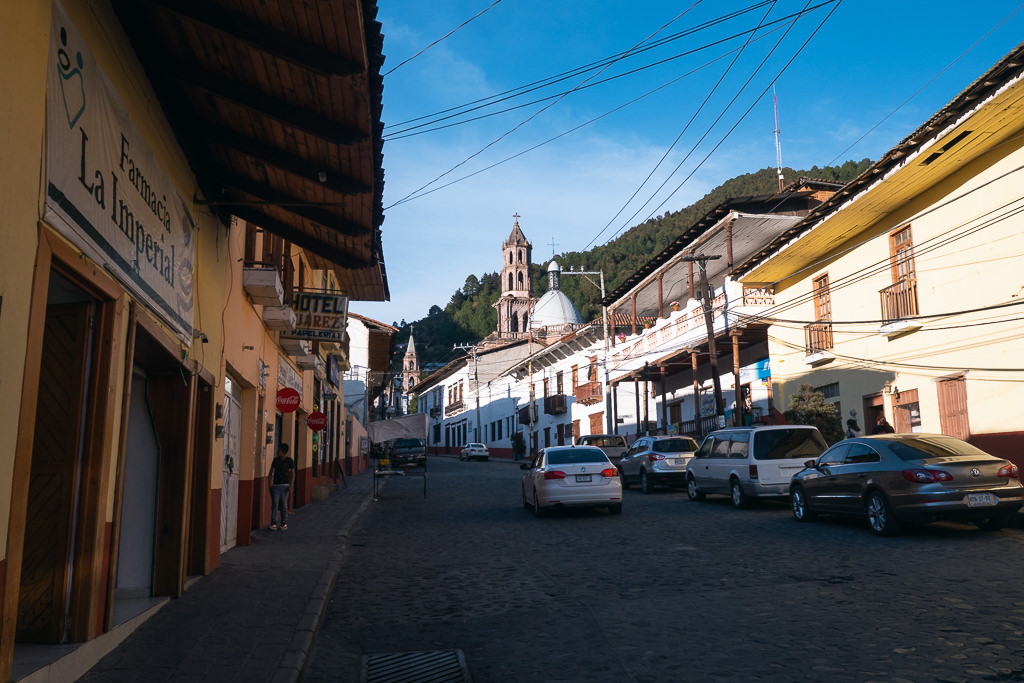
Getting to/from Anguangueo
During butterfly season, there is a direct bus to Anguangueo from Mexico City, which departs once every few hours from the northern bus terminal (Terminal Poniente).
The other way is to go to the nearby larger town of Zitacuaro, which has a lot more transport connections. I took a collectivo (shared minibus) from Anguangeo to Zitacuaro, in order to catch onward travel to Morelia.
Best Time to Visit
If you want to witness the awe-inspiring spectacle of millions of monarch butterflies in Mexico, then timing is everything. Here’s a breakdown of the best time to visit.
Peak migration season
The peak migration season for monarch butterflies in Mexico is from mid-November to mid-February. During this time, millions of butterflies make their way to the forests of Michoacán and Mexico State, where they cluster together in trees to stay warm. This is the best time to see the butterflies in large numbers.
I visited in February myself, though I’ve gathered information on the other months to give you some idea of what to expect.
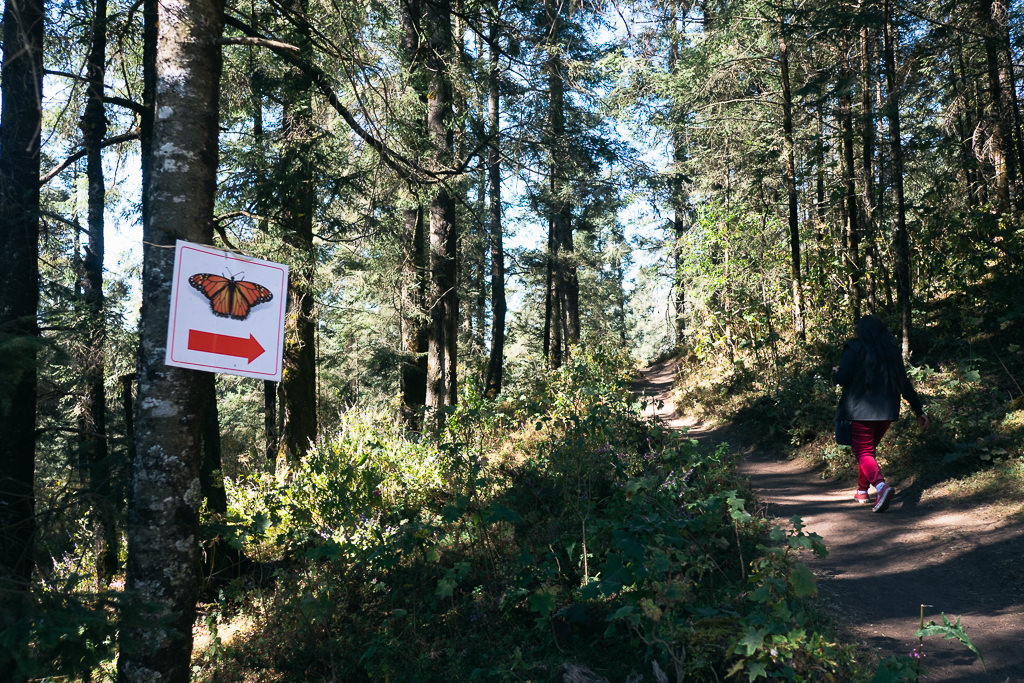
Monthly overview
- October: This is the beginning of the migration season, but the number of butterflies is still relatively low. If you visit in October, you’ll have the advantage of fewer crowds, but you may not see as many butterflies.
- November: The number of butterflies starts to increase in November, and by the end of the month, the first clusters begin to form.
- December: By mid-December, the butterflies have formed large clusters in the trees, and the forest is filled with their vibrant orange and black wings.
- January: This is the peak of the migration season, and the forest is alive with millions of butterflies.
- February: By the end of February, the butterflies begin to disperse, and the migration season comes to an end. The town of Anguangeo holds week-long festivities to mark the end of the Monarch season.
Overall, the best time to visit the monarch butterfly sanctuaries in Mexico is during the peak migration season from mid-November to mid-February.
It’s best to visit on a sunny day! When it’s cloudy or rainy, the Monarchs stay in their trees and don’t fly. When the sun comes out, they will fill the skies.
Prime Locations in Mexico
There are two main regions where the butterflies congregate in large numbers: Michoacán and the State of Mexico. There are in total 4 different sanctuaries open to the public.
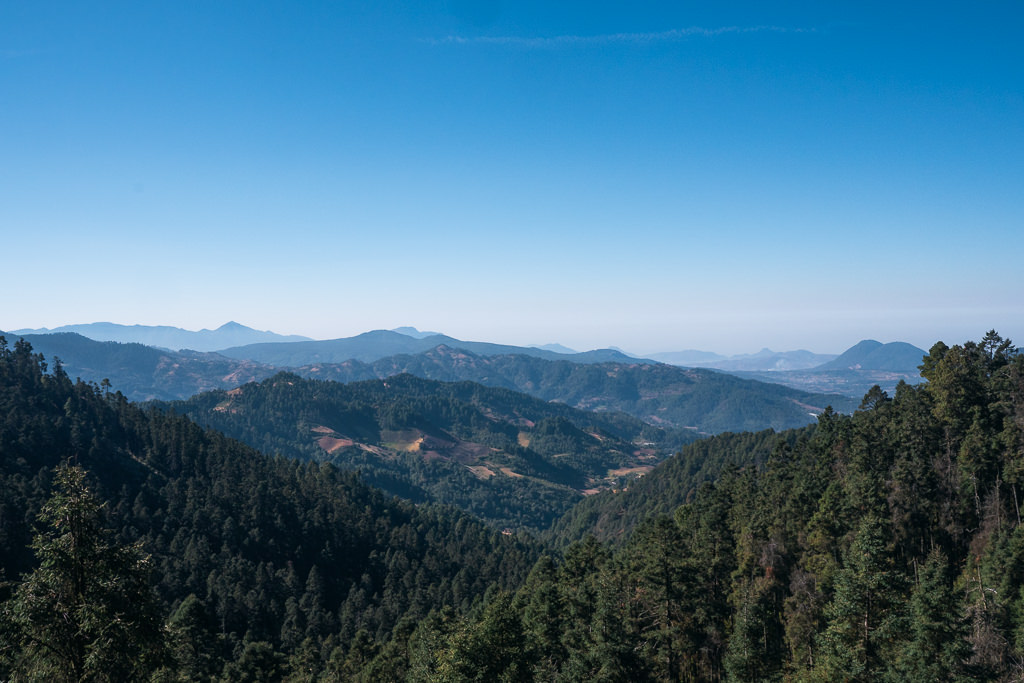
Michoacán Sanctuaries
Having heard that the Michoacán sanctuaries are the most impressive, I decided to go here. Locals told me that the exact locations and sizes of the colonies differ every year. During my stay in Anguangeo, the owner of my guesthouse was able to provide some great up-to-date tips. It’s always worth asking locally about the current situation!
Based on the tourist infrastructure built up there (e.g. restaurants and the visitor center), the El Rosario Sanctuary feels like it’s definitely the main one. During my visit, it also had the biggest colony by far, and it seems this has been the case for many years. The colony was located fairly close to the entrance, maybe a 10-minute walk up some hills.
The Sierra Chincua Sanctuary had a smaller colony (in 2023). However, it involved a longer hike (of maybe 30-40 minutes one way) with some gorgeous views along the way. I considered it worth visiting two sanctuaries over two days, especially since I also much enjoyed the hike. The Sierra Chincua Sanctuary is much less developed, having only natural trails.
There are three other sanctuaries in Michoacán, but they are not open to the public.
State of Mexico Sanctuaries
The State of Mexico region is home to several sanctuaries as well. One of the most popular is the Piedra Herrada Sanctuary, located in the mountains near the town of Valle de Bravo. Since it’s closest to Mexico City (near the city of Toluca), it is potentially the busiest one with day trippers.
Another popular sanctuary in the State of Mexico is the Cerro Pelón Sanctuary, located near the town of Macheros. I have heard some great things about this off-the-beaten-path alternative. Access is a bit more challenging but it’s said to be the sanctuary least developed for tourism. Consider a stay at the nearby Cerro Pelon Butterfly B&B.
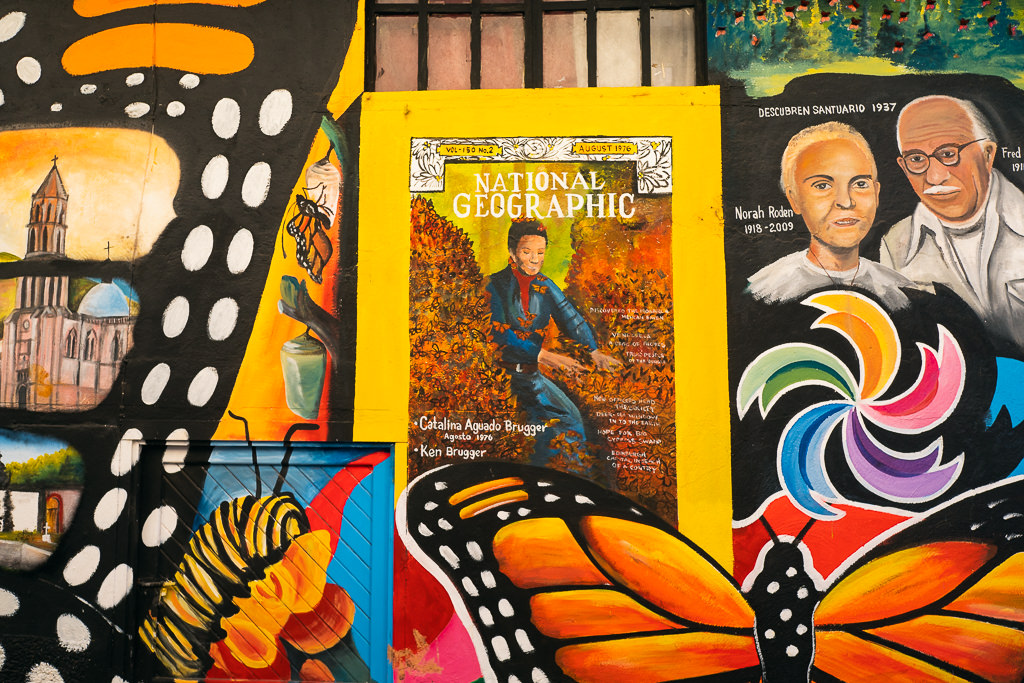
Tips for your visit
Visitors are not allowed to wander off the designated paths in the reserves to protect the butterflies and their habitat. You’ll be expected not to make noise or even talk aloud when approaching the colonies. To enforce this, you’re assigned a guide who will accompany you to the colony.
The two guides that I had did not seem particularly talkative or instructive. They were really just there to ensure no butterflies were stepped on and no one went off the trail. If you want a more informative guide then perhaps you need to hire one specifically for this.
Some links may be affiliate links, meaning I may earn commission from products or services I recommend. For more, see site policies.
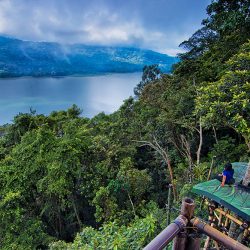
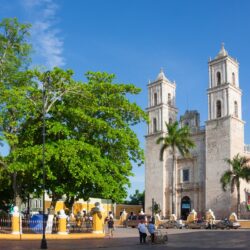




0 comments
Leave a comment
Your email address will not be published. Comments are manually moderated.